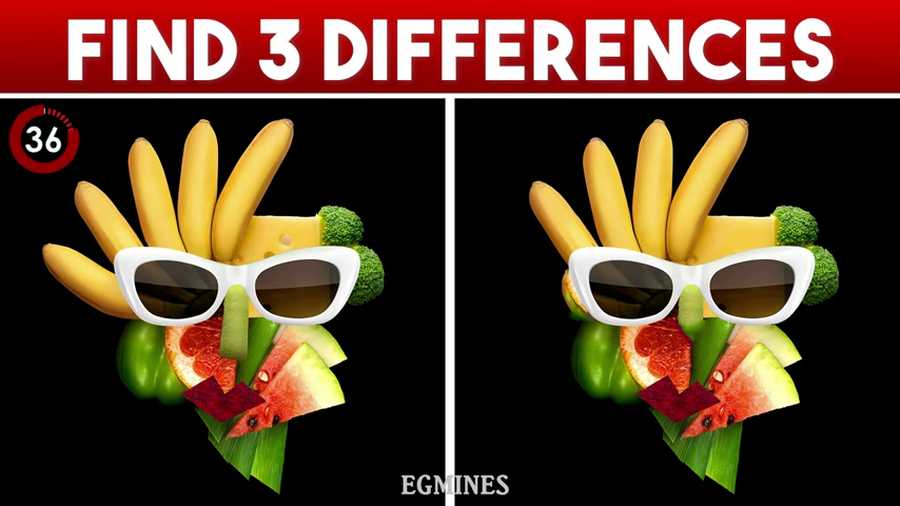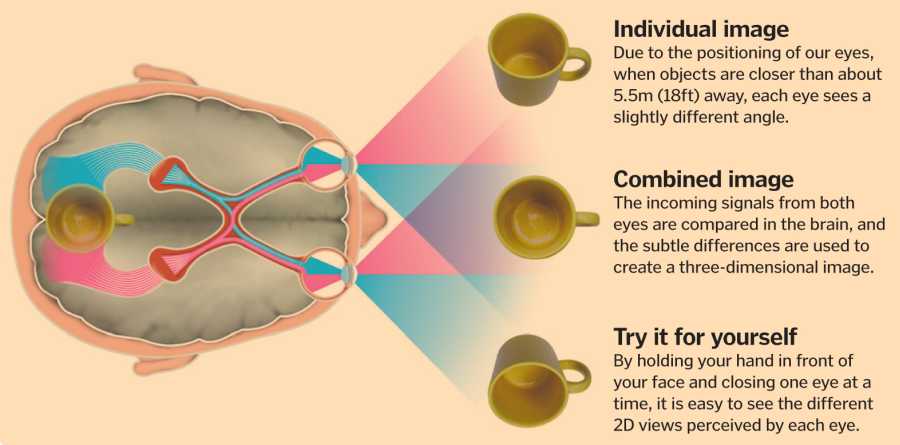[content warning: bare buttocks]
I don’t like the term “genius” because it appears to be vaguely-defined and it’s often tied to that most horrible mishmash of bad thinking known as IQ.
This little something appeared in my youtube channel, probably because I had been looking for IQ test questions, because I was curious as to whether they have change/improved much since the last time I encountered standardized testing (SATs and the US Army’s ASFAB) So this popped up. [youtube]
You can go watch the video and have fun feeling like a genius, but first let me explain what a stupid test it is.
First off, there is absolutely no indication that being able to identify differences in scenes has anything to do with “intelligence” or being a “genius”, both of which are left undefined. In terms of the epistemology that’s going on here (system of knowledge) we aren’t learning anything at all; this is just a toy or a parlor trick. I say “or” because, if you do it the hard way it’s a toy, and if you do it the easy way, it’s a parlor trick. Go make some bar bets and win some beer or something. You can thank me later.
Alright, so here’s one of the images:

I can find the 3 differences in under 1/2 second. How about you?
Here’s how you do it: look at the images and cross your eyes slightly. If you’ve been able to do the “magic picture” fake 3D illusion, this is the same technique. When you cross your eyes you will see 4 images in a row. Now, uncross them sliiiiiightly and the two images close to the center will begin to overlap. As they overlap, adjust your eyes uncrossed/crossedness until they layer and snap into focus, forming a composite image consisting of the right image and the left image – all done courtesy of your eyes, your brain’s image processing engine, and perhaps a shot of tequila. When you do this, the differences will be obvious in the composite, because they are not present in both frames.
You should immediately see the green melon slice of “nose” as being truncated, and there’s a missing banana in the right image. There are also missing cheese-holes in the right image.
[magic eye’s “how to” for their images]
This was once a classified technique for photogrammetry used by the National Reconnaissance Office: you use a special pair of goggles that show two images of the same spy satellite photo, taken on successive days of the same spot, and the differences will appear to be floating in space just above the photo. See, when our eyes are crossed, our brain’s 3D engine gets a load of “WTF!” because it normally computes 3D depth based on the subtending angle between our eyes at the focal point. What your difference-discovering engine is doing is deliberately jamming your brain’s 3D simulation so as to accomplish a completely different purpose.

[source]

Back in the day when I was doing a lot of photography, I shot a whole portfolio of pseudo-3D nudes designed for viewing with crossed eyes. They were accomplished using an aluminum slider-bar mounted to a tripod that I could shoot the same image using controlled lighting with, generating each eye’s view. It was a fun hack. The images were a pain to post-work since I had to do clean-up on 2 images but maintain the same adjustments so that nothing would pop off the picture. Even small pixel changes can wreck the effect.

[candace nirvana, 2015 by mjr]

The Wheeler Surveys (of the American West) in the 1870s were documented with stereographic cameras, so we have a huge number of such images. See, for instance:
https://en.wikipedia.org/wiki/Wheeler_Survey
Also, here’s a pointer to one of the images on the Library of Congress site (where they are all available):
https://www.loc.gov/pictures/resource/stereo.1s00171/
BTW, Wheeler Peak in Nevada is named after the Wheeler in the Wheeler Surveys. It is the tallest peak in Nevada. However, it is NOT the highest point in Nevada.
Here’s everybody’s chance to prove they are “geniuses” by figuring that out! ;-)
I had been looking for IQ test questions, because I was curious as to whether they have change/improved much since the last time I encountered standardized testing (SATs and the US Army’s ASFAB)
And what the blazes do they have to do with IQ tests?
BTW, silly popular articles about ‘genius” are a bit like Russ Limbaugh telling you that 2019-nCoV is just the common cold.
Totally OT but something that emphasizes the seriousness of corona-virus epidemic.
French Health Minister Olivier Veran said his ministry’s recommendation to the public is to … avoid handshakes.
That’s ASVAB, right?
startskeptic@#5:
That’s ASVAB, right?
Yeah, sorry, that was a typo. The army’s combined aptitude test, circa 1983 when I took it. [Everyone pronounced it “ASFAB” at the time and I wasn’t paying attention to standardized testing at that time in my life. FWIW, I got a perfect score; the test was really dumb. And even at the time I noticed many of the questions were culturally determined.]
I found three other differences: top-left, the left image has the number 36 in white surrounded by a red arc; bottom-right, the left image has the text “EGM”, slightly truncated, in grey; and bottom-left, the right image has the text “INES” in grey.
ahcuah @ #2: That depends on your definition of “peak”. The tallest point in Nevada is Boundary Peak, which has “peak” in its name, and is considered a peak by some. Because it doesn’t stick out much, others consider it either a “sub-peak” of a taller peak that happens to be over the border in California (Montgomery Peak), or simply part of its slope. Your question makes sense in the latter case. (This is what you get if your borders are drawn with a ruler on the map, rather than following natural features.)
jrkrideau@#3:
And what the blazes do they have to do with IQ tests?
They use the same methodology – they are attempting to measure some underlying property of a person using questions that are designed by the tester to be variously spatial, abstract, mathematical, whatever aspect of a person purports to be measured by the questions. They have the same underlying problem, which is that what is measured is defined circularly: you’re good at abstract problems if you did well on what we consider to be abstract problems.
The reason I mentioned that is because, if the “find 3 differences” problem was, in fact, interpreted to indicate if a person is a “genius” or not, then it would seem to me that finding a different approach for solving the problem means it probably is not measuring whatever the person who created the question thinks it is measuring.
An IQ test, used as a psychiatrist might, to measure an individual’s current performance against past performance is one thing, but SATs and ASVAB are used to measure individuals against a collective average.
I assume you know this, so maybe your comment was rhetorical.
There’s perhaps another difference: To our left when looking at the sunglasses, the leftmost edge of the glasses frame partially covers something that is not a banana.
So a banana was removed … but something else that is partly green has also been added.
Now, maybe some folks would count that as one difference – “a banana was replaced by a ____ (looks like part of a multi-color pepper to me, but it’s hard to be sure with my eyesight)”, but since our host only identified that missing banana and not the interloping bit of plant matter, I thought it worth mentioning.
Crip Dyke @ #10: they have replaced the banana with something else (starfruit?), but you can still see the banana through the sunglasses. Lazy!
cvoinescu @8. Yes, that is what I am referring to. Wheeler Peak is part of the Great Basin National Park, and some of their literature (or maybe signage) refers to that (if I remember correctly). They reference the downslope bit from Montgomery Peak.
That said, I went to look at the topography of Boundary Peak, and it sure looks like the word “peak” does apply. Looking further, I think I have to concede that I stated the conundrum incorrectly. The right way to say it is that Wheeler Peak is the tallest mountain in Nevada, but not the highest point. (Which is the way Wikipedia puts it.)
“Wheeler Peak is, however, the tallest independent mountain in the state since Boundary Peak is considered a subsidiary summit of Montgomery Peak, whose summit is in California. The topographic prominence of Boundary Peak is 253 feet (77 m), which falls under the often used 300-foot (91 m) cutoff for an independent peak. Also, Boundary Peak is less than 1 mile (1.6 km) away from its higher neighbor, while Wheeler Peak is over 230 miles from the nearest higher peak.”
@8. cvoinescu : ” That depends on your definition of “peak”.
Funny, I was thinking it depended on what you defined as “high” ;-)
Yeah that and compared with sea level versus, also, wait is Nevada landlocked or does it have a bit of sea floor included as well? (Think Mauna Kea vs Chomolungma / Mt Everest.)